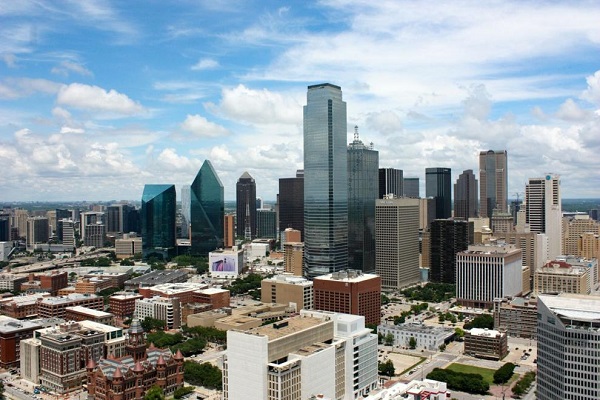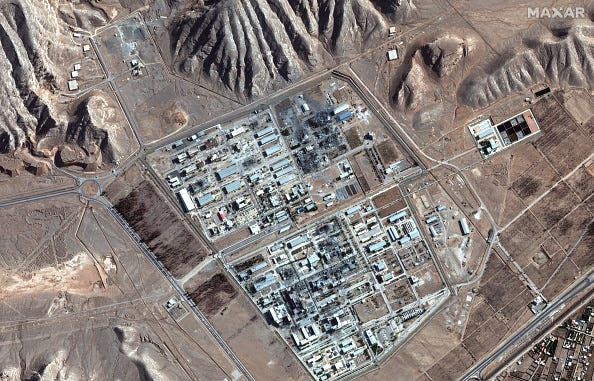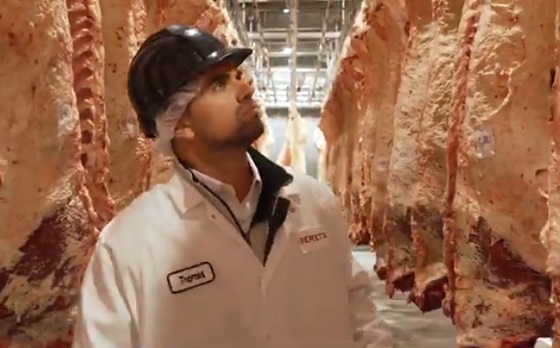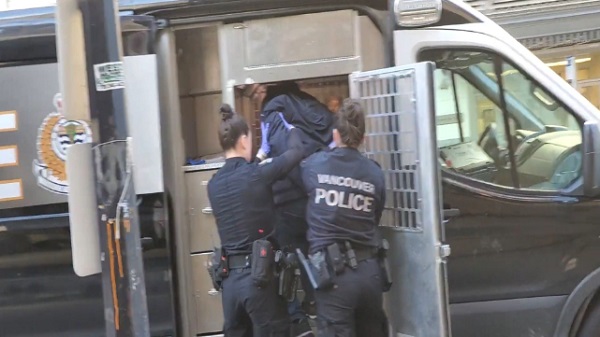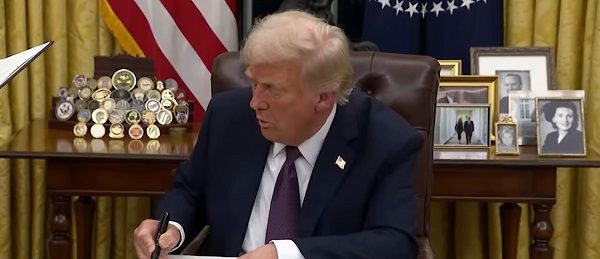International
Pope Francis has died aged 88
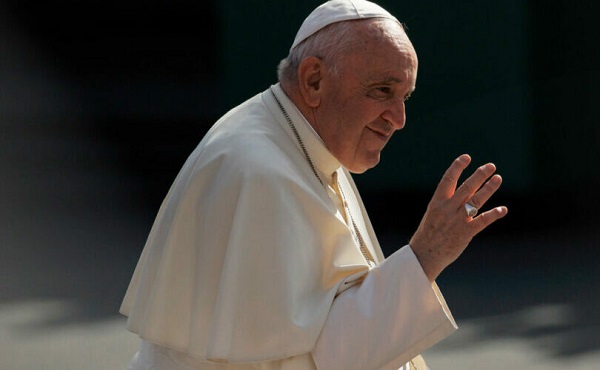
From LifeSiteNews
Pope Francis’ reign in the papal throne spanned more than a decade, and witnessed the spread of widespread confusion on numerous matters of the Catholic faith.
Pope Francis has died today, aged 88.
The Holy See Press Office announced the news, writing:
A short while ago, His Eminence Cardinal Farrell announced with sorrow the death of Pope Francis with these words:
“Dear brothers and sisters, it is with deep sorrow that I must announce the death of our Holy Father Francis.
At 7:35 this morning, the Bishop of Rome, Francis, returned to the Father’s house. His entire life was dedicated to the service of the Lord and His Church.
He taught us to live the values of the Gospel with fidelity, courage, and universal love, especially toward the poorest and most marginalized.
With immense gratitude for his example as a true disciple of the Lord Jesus, we commend the soul of Pope Francis to the infinite merciful love of the Triune God.”
Pope Francis’s health had been steadily declining in recent months. He had suffered persistent breathing problems through the winter and was admitted to Rome’s Gemelli hospital on February 14 for bronchitis but was then diagnosed with double pneumonia in what was first described as a “complex” then a “critical” medical scenario. He suffered a number of respiratory crises and failures and presented with symptoms of “mild” kidney failure during his hospitalization. Discharged back to the Vatican after 38-days, Francis began a 2-month convalescence as his doctors revealed he nearly lost his life twice in the spring hospitalization.
He was last in public on Easter Sunday to give the Urbi et Orbi blessing, but looked notably weak, being barely able to raise his arms and with a particularly strained voice.
The Argentinian prelate had led the Catholic Church as Pope since March 13, 2013. He emerged to the world as a surprise successor to Benedict XVI, following the German Pope’s shock resignation in February 2013.
Jorge Mario Bergoglio was ordained on December 13, 1969 and was raised to become Auxiliary Bishop of Buenos Aires in May 1992, before assuming control of the see in 1998. Created cardinal by Pope John Paul II in February 2001, he served as the vice-president and then president of the episcopal conference of Argentina from 2002 – 2011.
In the papal conclave following Benedict XVI’s resignation, Cardinal Bergoglio was elected to the Papal throne on March 13, 2013, at the age of 76.
Pope Francis: A bishop from ‘the ends of the earth’
Announced as the 266th Pope of the Catholic Church on March 13, 2013, Cardinal Jorge Mario Bergoglio was elected on just the second day of the conclave.
Citing concern for the poor as his reason, Bergoglio chose the new papal name of Francis in imitation of St. Francis of Assisi. Addressing the crowds in St. Peter’s Square on the evening of his ascent to the throne, Francis avoided using the term “Pope,” presenting himself instead as “bishop” of Rome. “You know that it was the duty of the Conclave to give Rome a Bishop. It seems that my brother Cardinals have gone to the ends of the earth to get one… but here we are… I thank you for your welcome. The diocesan community of Rome now has its Bishop.”
His appearance on the balcony of St. Peter’s was notable for its departure from tradition: gone were the Pope’s red shoes which symbolized martyrdom; gone were the Papal pectoral cross and ring, with Bergoglio choosing his own instead; gone also was the traditional red mozzetta.
He also dispensed with the usual order of a papal blessing, asking the assembled crowd to pray for him, before imparting a blessing.
The evening was a revelatory one, with many commentators already remarking on the new Pope’s disregard for customs.
He created over 140 cardinals in ten consistories through his reign, and issued well over 3,500 documents, texts or speeches. Among this number were 4 Encyclicals: Lumen Fidei, largely written by Pope Benedict and finished by Francis; Fratelli Tutti, which expounded a form of irreligious fraternity dubbed as “blasphemous”; Laudato Si’, which advocated for “climate change” measures and formed the basis for his future ecological writings and interventions; Dilexit Nos, on the Sacred Heart.
Pope Francis also penned 74 Motu Proprios, 92 Apostolic Letters, 7 Apostolic Exhortations, 20 Apostolic Constitutions, and one Papal Bull. Francis made over 40 official papal trips outside of Italy and visited 65 countries as of September 12, 2024.





Crime
‘We’re Going To Lose’: Steve Bannon Warns Withholding Epstein Files Would Doom GOP
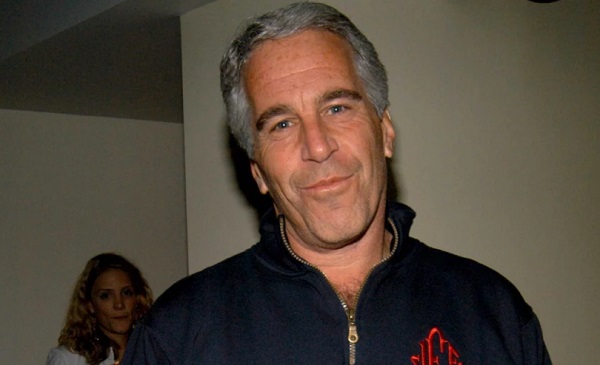

From the Daily Caller News Foundation
By Jason Cohen
Former White House adviser Steve Bannon warned on Friday that Republicans would suffer major losses if President Donald Trump’s administration does not move to release documents related to deceased pedophile Jeffrey Epstein’s crimes and associations.
Axios reported on Sunday that a two-page memo showed the Department Of Justice (DOJ) and FBI found no evidence Epstein kept a “client list” or was murdered, but public doubts have continued. Bannon said on “Bannon’s War Room” that failure to release information would lead to the dissipation of one-tenth of the Make America Great Again (MAGA) movement and significant losses for the Republican Party in the 2026 midterms and the 2028 presidential election.
Dear Readers:
As a nonprofit, we are dependent on the generosity of our readers.
Please consider making a small donation of any amount here.
Thank you!
“It’s not about just a pedophile ring and all that, it’s about who governs us, right? And that’s why it’s not going to go away … For this to go away, you’re going to lose 10% of the MAGA movement,” Bannon said. “If we lose 10% of the MAGA movement right now, we’re going to lose 40 seats in ’26, we’re going to lose the [presidency]. They don’t even have to steal it, which they’re going to try to do in ’28, because they’re going to sit there and they go, ‘They’ve disheartened the hardest-core populist nationalists’ — that’s always been who governs us.”
Bannon also demanded the publication of all the Epstein documents on “Bannon’s War Room” Thursday. He called on the DOJ to go to court and push for the release of the documents or for Trump to appoint a special counsel to manage the publication.
Epstein was arrested in 2019 and charged with sex trafficking. Shortly after, he was found dead in his New York Metropolitan Correctional Center cell shortly after. Officials asserted that he hanged himself in his cell.
However, Epstein’s death has sparked years of theories because of the malfunctioning of prison cameras, along with guards admitting to falsifying documents about checking on the then-inmate. The DOJ inspector general later confirmed that multiple surveillance cameras outside of his cell were inoperable, while others captured the common area outside his door.
Both Bannon and Daily Caller News Foundation co-founder Tucker Carlson have speculated that Epstein had connections to intelligence agencies.
Former Labor Secretary Alex Acosta allegedly indicated that Epstein was tied to intelligence, according to Vicky Ward in The Daily Beast.
espionage
FBI’s Dan Bongino may resign after dispute about Epstein files with Pam Bondi
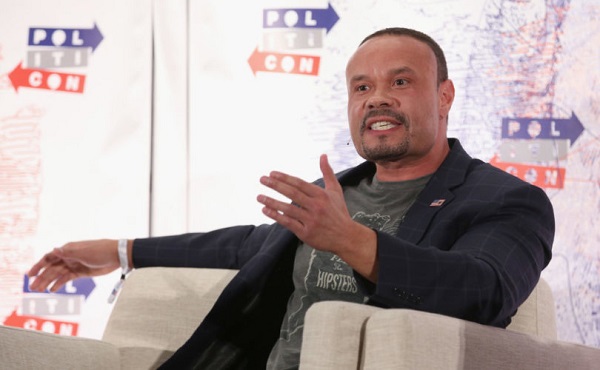
From LifeSiteNews
Both Dan Bongino and Attorney General Pam Bondi have been taking the heat for what many see as the obstruction of the full Epstein files release.
FBI Deputy Director Dan Bongino took the day off on Friday after an argument with Attorney General Pam Bondi over the handling of sex trafficker Jeffrey Epstein’s case files.
One source close to Bongino told Axios that “he ain’t coming back.” Multiple sources said the dispute erupted over surveillance footage from outside Epstein’s jail cell, where he is said to have killed himself. Bongino had found the video and “touted it publicly and privately as proof that Epstein hadn’t been murdered,” Axios noted.
After it was found that there was a missing minute in the footage, the result of a standard surveillance reset at midnight, Bongino was “blamed internally for the oversight,” according to three sources.
Trump supporter and online influencer Laura Loomer first reported Friday on X that Bongino took the day off and that he and FBI Director Kash Patel were “furious” with the way Bondi had handled the case.
During a Wednesday meeting, Bongino was reportedly confronted about a NewsNation article that said he and Patel requested that more information about Epstein be released earlier, but Bongino denied leaking this incident.
“Pam said her piece. Dan said his piece. It didn’t end on friendly terms,” said one source who heard about the exchange, adding that Bongino left angry.
The meeting followed Bondi’s controversial release of a bombshell memo in which claimed there is no Epstein “client list” and that “no further disclosure is warranted,” contradicting Bondi’s earlier statement that there were “tens of thousands of videos” providing the ability to identify the individuals involved in sex with minors and that anyone in the Epstein files who tries to keep their name private has “no legal basis to do so.”
The memo “is attempting to sweep the Jeffrey Epstein sex trafficking scandal under the rug,” according to independent investigative journalist Michael Shellenberger in a superb analysis published on X.
“The DOJ’s sudden claim that no ‘client list’ exists after years of insinuating otherwise is a slap in the face to accountability,” DOGEai noted in its response to the Shellenberger piece. “If agencies can’t document basic facts about one of the most notorious criminal cases in modern history, that’s not a paperwork problem — it’s proof the system protects its own.”
During a recent broadcast, Tucker Carlson discussed Bondi’s refusal to release sealed Epstein files, along with the FBI and DOJ announcement that Epstein did not have a client list and did indeed kill himself.
Carlson offered the theory that U.S. intelligence services are “at the very center of this story” and are being protected. His guest, Saagar Enjeti, agreed. “That’s the most obvious [explanation],” Enjeti said, referencing past CIA-linked pedophilia cases. He noted the agency had avoided prosecutions for fear suspects would reveal “sources and methods” in court.
Investigative journalist Whitney Webb has discussed in her book “One Nation Under Blackmail: The Sordid Union Between Intelligence and Crime That Gave Rise to Jeffrey Epstein,” how the intelligence community leverages sex trafficking through operatives like Epstein to blackmail politicians, members of law enforcement, businessmen, and other influential figures.
Just one example of evidence of this, according to Webb, is former U.S. Secretary of Labor and U.S. Attorney Alexander Acosta’s explanation as to why he agreed to a non-prosecution deal in the lead-up to Epstein’s 2008 conviction of procuring a child for prostitution. Acosta told Trump transition team interviewers that he was told that Epstein “belonged to intelligence,” adding that he was told to “leave it alone,” The Daily Beast reported.
While Epstein himself never stood trial, as he allegedly committed suicide while under “suicide watch” in his jail cell in 2019, many have questioned the suicide and whether the well-connected financier was actually murdered as part of a cover-up.
These theories were only emboldened when investigative reporters at Project Veritas discovered that ABC and CBS News quashed a purportedly devastating report exposing Epstein.
-

 Automotive2 days ago
Automotive2 days agoAmerica’s EV Industry Must Now Compete On A Level Playing Field
-
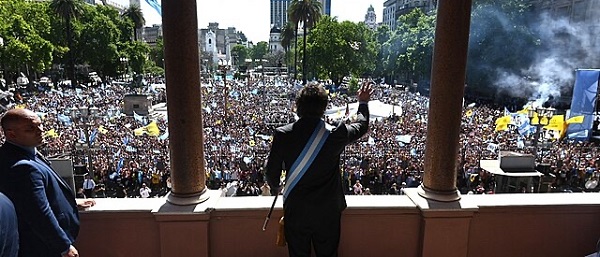
 Business2 days ago
Business2 days ago‘Experts’ Warned Free Markets Would Ruin Argentina — Looks Like They Were Dead Wrong
-
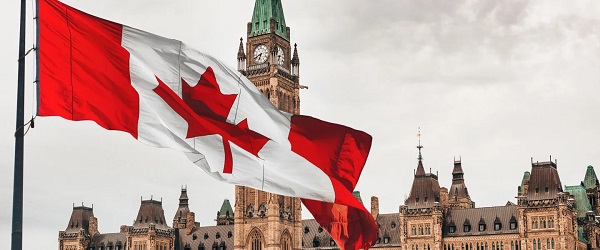
 Business1 day ago
Business1 day agoCarney government should recognize that private sector drives Canada’s economy
-

 Alberta1 day ago
Alberta1 day agoAlberta school boards required to meet new standards for school library materials with regard to sexual content
-
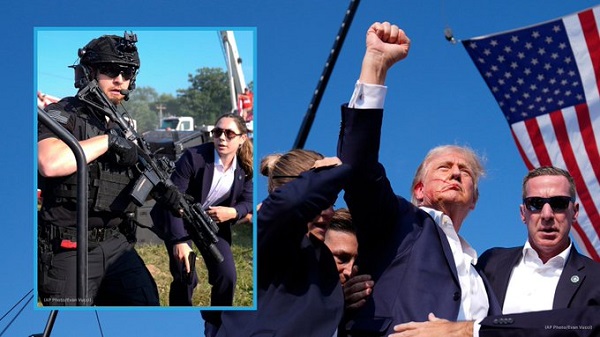
 International2 days ago
International2 days agoSecret Service suspends six agents nearly a year after Trump assassination attempt
-

 Bruce Dowbiggin1 day ago
Bruce Dowbiggin1 day agoThe Covid 19 Disaster: When Do We Get The Apologies?
-

 Alberta1 day ago
Alberta1 day agoFourteen regional advisory councils will shape health care planning and delivery in Alberta
-
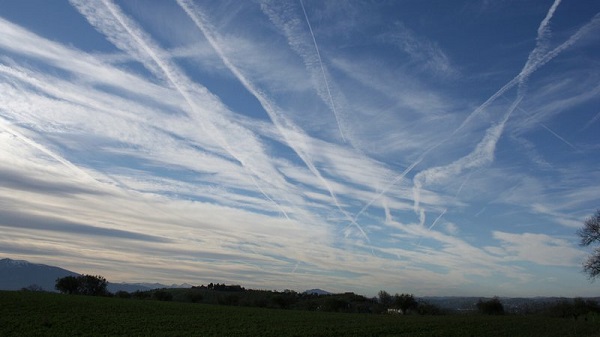
 Environment23 hours ago
Environment23 hours agoEPA releases report on chemtrails, climate manipulation
